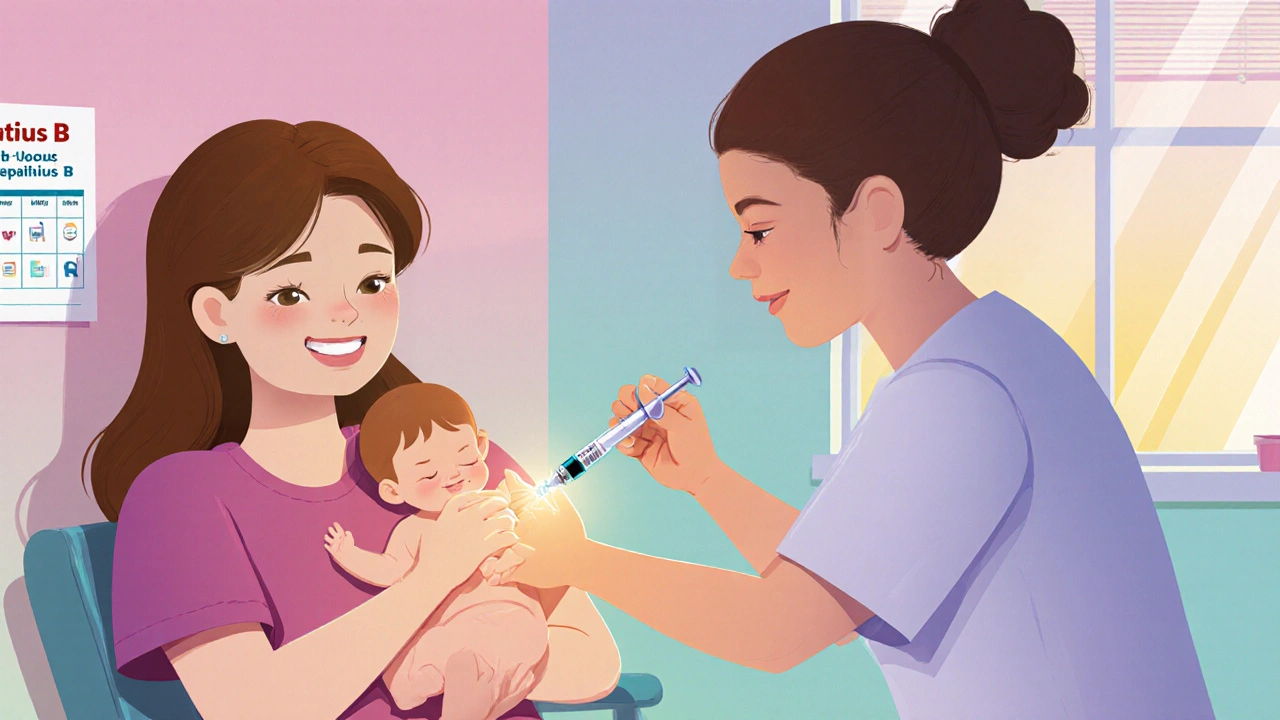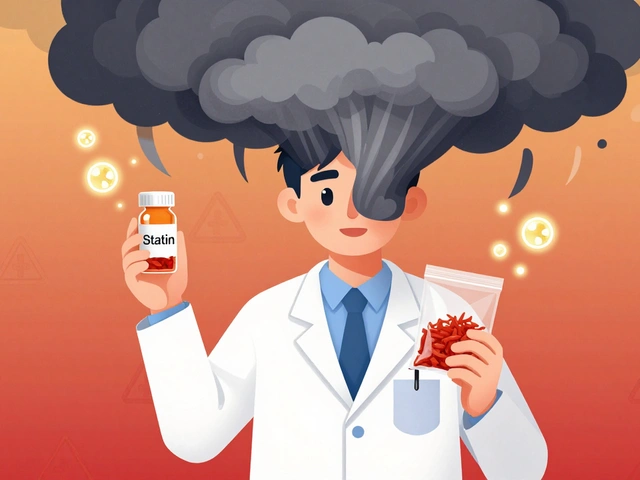Transmission Prevention: Stop Infections Before They Spread
When we talk about transmission prevention, the set of actions taken to stop infectious agents from spreading from person to person. Also known as infection control, it’s not just about hand sanitizer—it’s about understanding how germs move, where they hide, and how to cut those paths before they reach someone else. Think about it: you don’t need to be sick to spread an infection. A simple handshake, a contaminated doorknob, or even an improperly taken antibiotic can set off a chain reaction. That’s why bacterial infections, illnesses caused by harmful bacteria that can spread through contact, air, or contaminated surfaces are so common in hospitals, schools, and even your own kitchen. And it’s not just bacteria—viruses, fungi, and even drug-resistant strains rely on the same weak links in our daily habits to survive and spread.
medication errors, mistakes in prescribing, dispensing, or taking drugs that can weaken your body’s defenses or create new risks play a huge role in transmission prevention too. Taking antibiotics when you don’t need them doesn’t just harm your gut—it fuels superbugs that are harder to treat and easier to pass on. Meanwhile, poor hygiene when managing conditions like incontinence or skin infections turns a personal issue into a public health risk. The same goes for skipping handwashing after using the bathroom or before preparing food. These aren’t just "good habits"—they’re critical barriers that stop outbreaks before they start. And it’s not just about cleaning yourself; it’s about cleaning your environment. Surfaces in bathrooms, kitchens, and even your phone can carry germs for days. Simple steps like disinfecting high-touch areas or using separate towels can make a real difference.
What you’ll find below isn’t just theory. These articles show you exactly how people are applying transmission prevention in real life—from choosing the right antibiotic to avoid resistance, to fixing hygiene mistakes that turn minor issues into major risks. You’ll see how one person’s decision to use a different scabies treatment changed how their whole household stayed healthy. You’ll learn why mixing up drug side effects with medication errors can lead to dangerous mistakes. And you’ll find out how simple changes in daily routines—like how you handle adult diapers or store your painkillers—can stop infections from spreading in your own home. This isn’t about fear. It’s about control. You don’t need to be a doctor to break the chain. You just need to know where to look.
Learn proven ways to stop chronic hepatitis B spread, from newborn vaccination to safe‑injection programs, with practical steps for individuals and policymakers.



